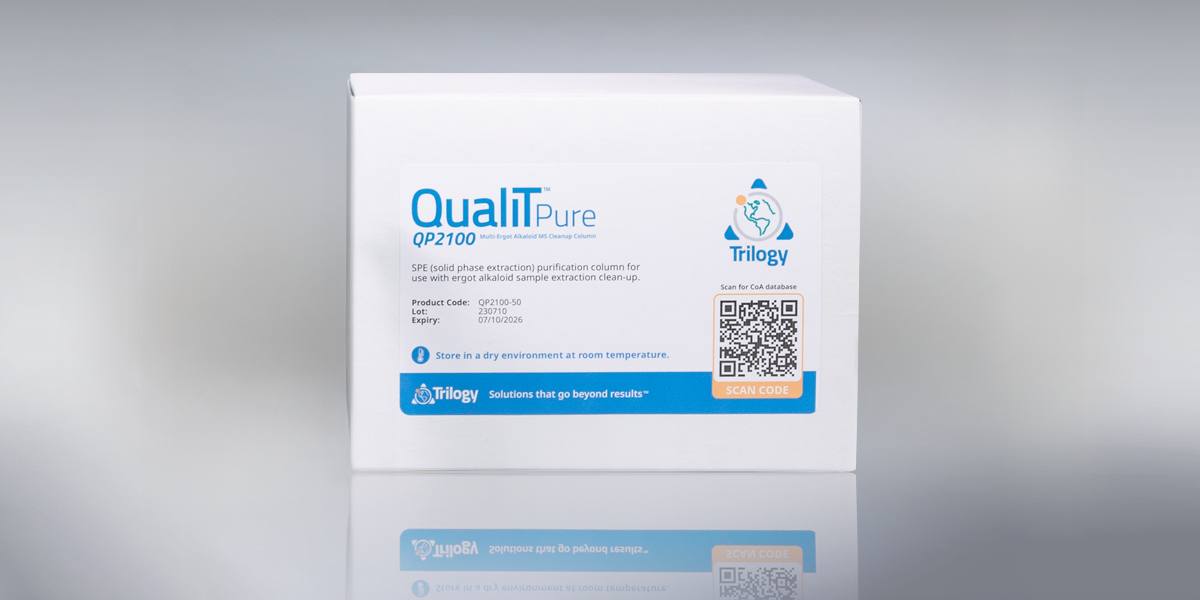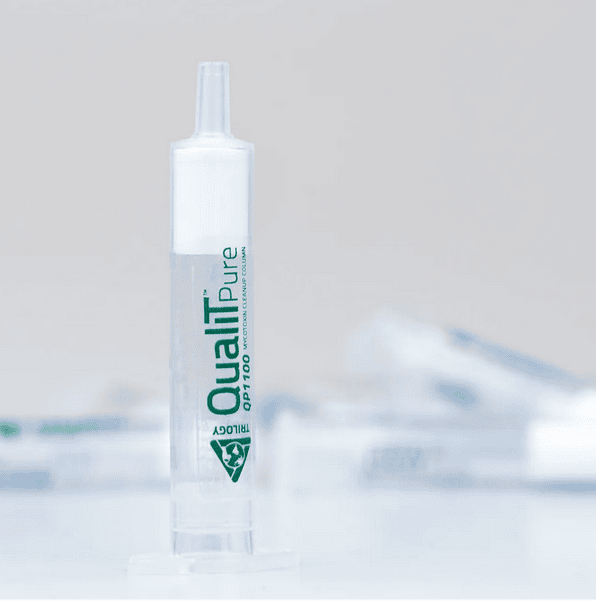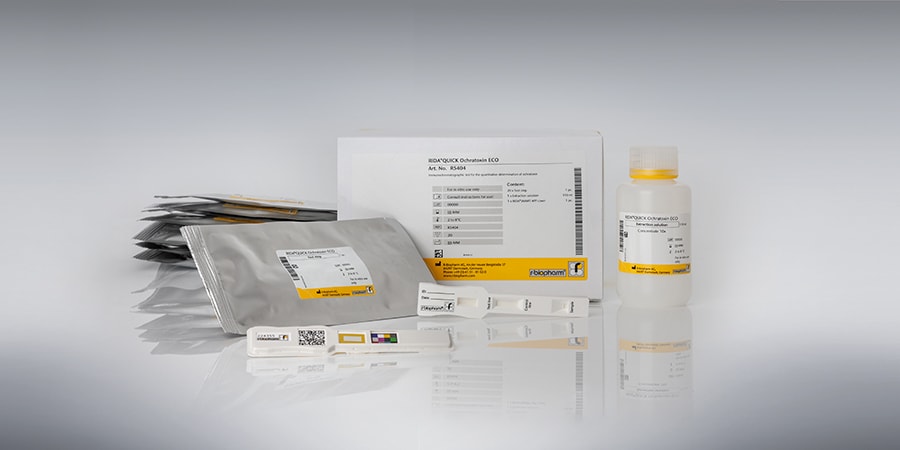
Recent news in Food & Feed Analysis
- Home
- /
- The hidden threat in...
The hidden threat in your coffee: exploring ochratoxin A and fungal diversity

Monitoring and controlling mycotoxins like ochratoxin A (OTA) in food involves not only routine analysis but also identifying the sources of fungal infection. This is crucial for high-value products such as coffee, where OTA can significantly impact market prices for producers.
A recent study published by Rodríguez et al. in the journal Postharvest Biology and Technology extensively investigated OTA contamination in differently processed Robusta coffees from the Ivory Coast. The study employed precise methods including R-Biopharm OCHRAPREP® immunoaffinity columns and LC-fluorescence for accurate OTA determination. Additionally, DNA analysis was used to explore the diverse fungal species present across five processing stages, involving soaking, heaping, and drying of coffee cherries over up to 37 days.
The research uncovered a complexity with 180 different fungal genera identified. Variations in the composition and abundance of the top ten fungal species were observed among different post-harvest management strategies. Notably, diverse fungal communities were found on dried coffee compared to freshly harvested beans.
The study highlighted a correlation between increased OTA levels and higher abundance of the ochratoxigenic fungus, A. carbonarius. Interestingly, soaking or heaping treatments did not significantly affect OTA accumulation, whereas prolonged heaped drying favoured OTA production by these fungi. OTA was detected across all samples, ranging from 3.6 μg/kg in freshly harvested coffee to as high as 760 μg/kg in dried coffee, exceeding the EU’s maximum limit of 3 μg/kg for roasted coffee.
These findings underscore the importance of accurate OTA measurement throughout coffee processing to identify subtle yet significant differences in contamination levels. Despite OTA reduction during roasting, these findings pose challenges for coffee exports, emphasizing the need for stringent quality control measures.



